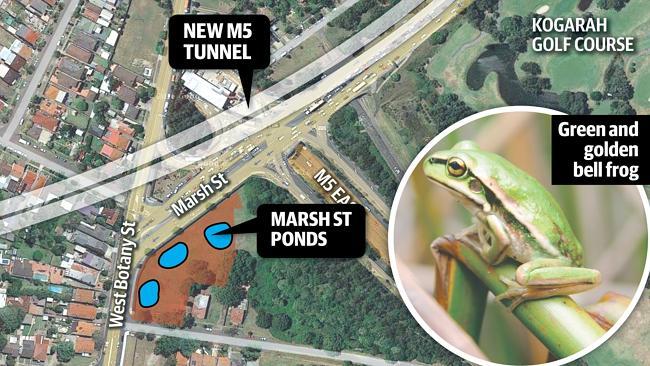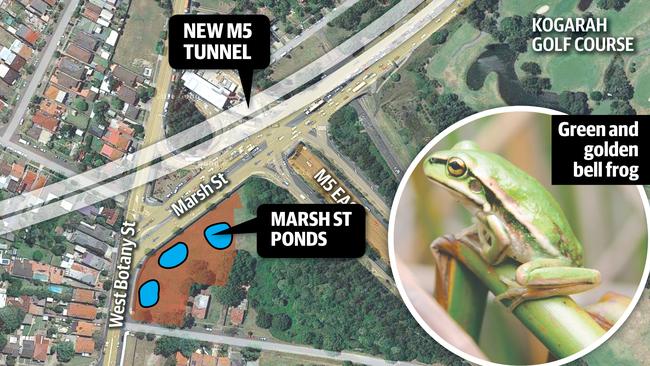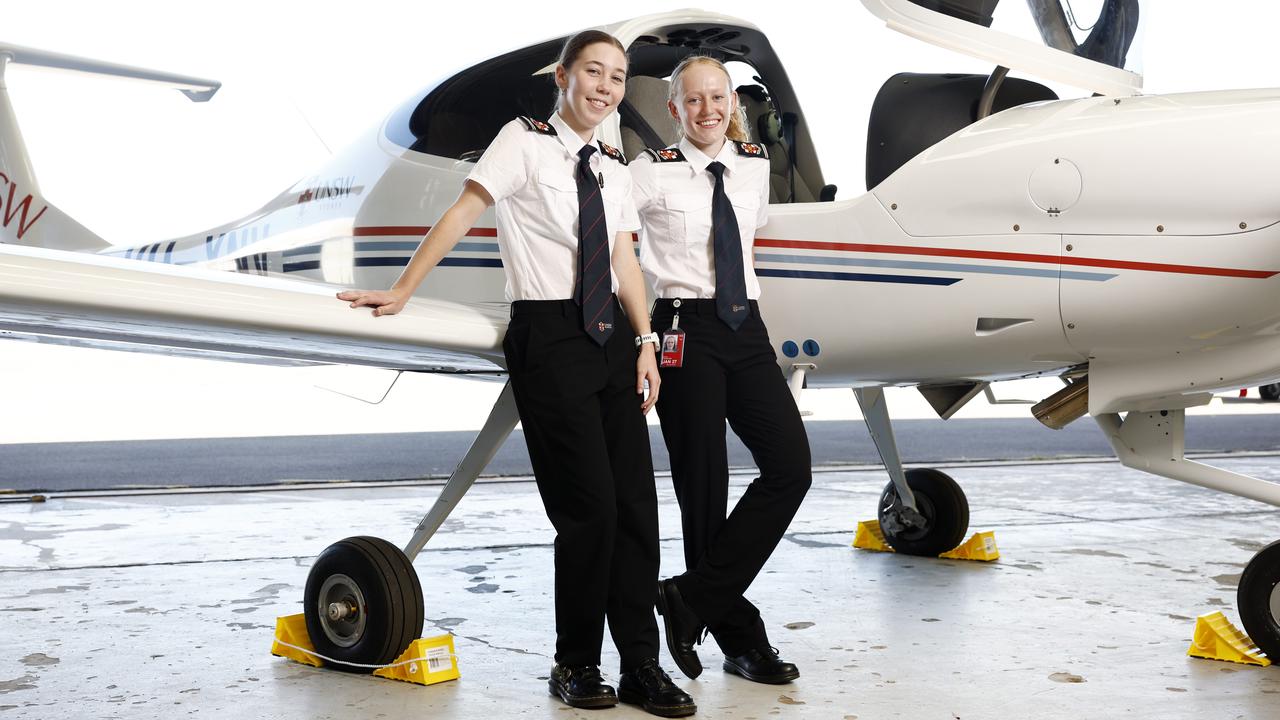WestConnex plans under threat from... frogs
IT’S green and slimy and it derailed the building program for the Sydney Olympic. And now the green and golden bell frog is hopping back into the spotlight by affecting construction of the WestConnex.

NSW
Don't miss out on the headlines from NSW. Followed categories will be added to My News.
THEY derailed the Sydney Olympic building program.
And now the green and golden bell frog is hopping back into the spotlight by affecting construction of the $16.8 billion WestConnex transport project.
The threatened species made headlines in the run-up to the 2000 Games with concerns a colony at Homebush Bay would be destroyed by building works.
Now hundreds of submissions to the environmental impact statement for the “New M5” section of WestConnex said concerns for the frog’s future should see the project canned.

They say the frog population in that area, one of the last colonies in Sydney and based around the Kogarah golf course, will disappear if work goes ahead.
In its submission, Rockdale Council said the EIS did not “fully consider” the “potential extinction” of the frog.
Close to 8ha, about 20 per cent, of the frogs’ habitat on the golf course is being taken over by WestConnex construction compounds.
To keep frog lovers happy, Roads and Maritime Services said it would make provision for a network of frog breeding ponds to be built near wetlands just off Marsh St at Arncliffe.
RMS is proposing three clay-lined frog ponds, one about 25m long and 1.5m deep, and two 20m-long ponds on vacant RMS land near the intersection of Marsh and West Botany streets.
The RMS also said a transparent frog-proof fence would be built around the ponds to keep the amphibians away from nearby construction zones. A recognised frog expert would also be hired. A spokesman for the Sydney Motorway Corporation, which is building WestConnex, said it was committed to minimising impacts on the environment.
“We will create additional ponds for the species on Roads and Maritime land at Marsh Street, as well as implement a captive breeding program to further protect this population,” the spokesman said
The report said the ponds’ complex would take six months to build and be finished before the end of 2019.


